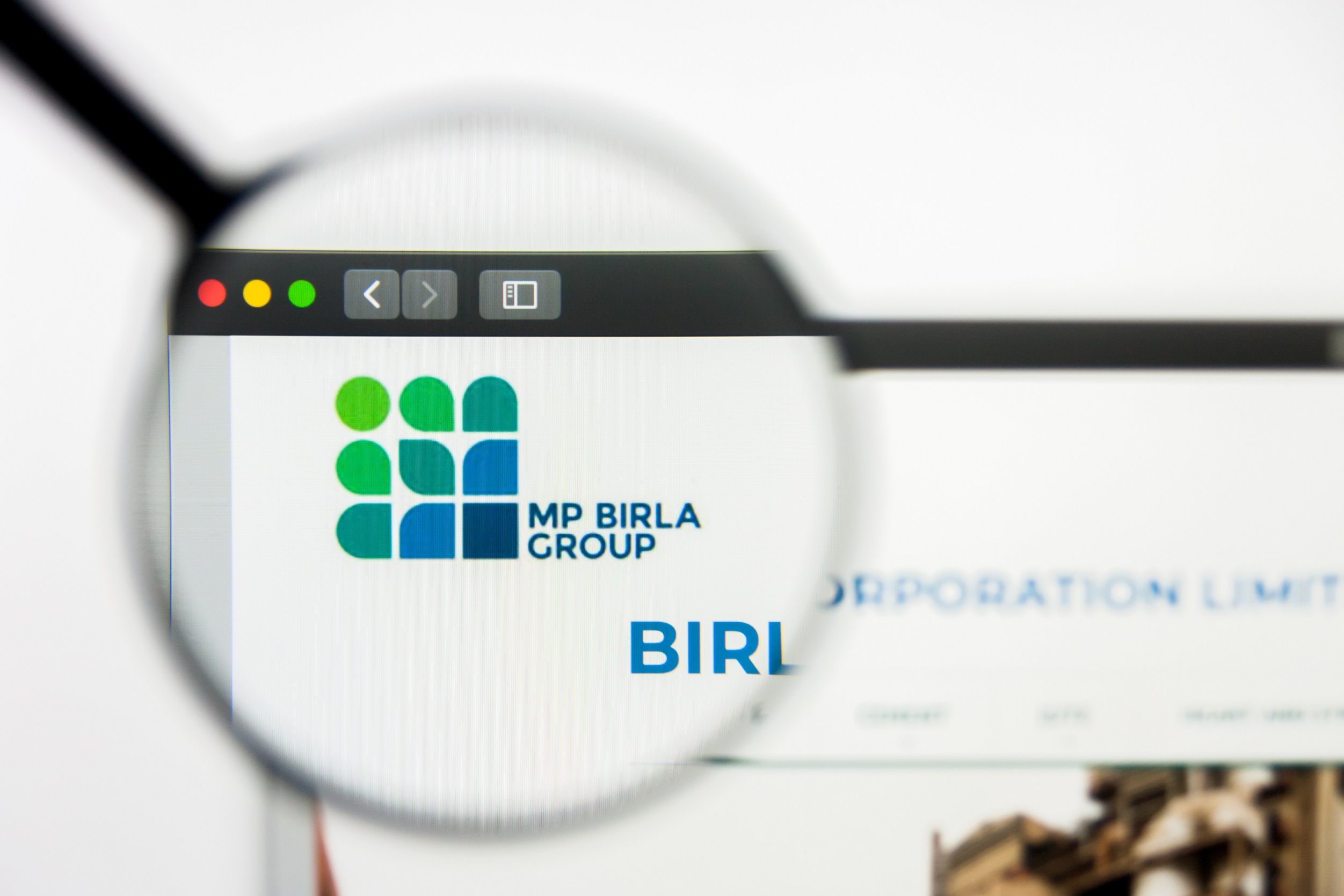
The Kolkata-based flagship company of India's M P Birla Group of companies, Birla Corporation's consolidated revenue for the first quarter of FY22-23 was INR22.18 million against INR17.58 million in the same period last year. Sales in the first quarter of FY21-22 were disrupted by Covid-related outages and are not strictly comparable with the quarter under review.
Profitability, however, was dented by escalating power, fuel, and freight costs. Costs of optimising Birla Corporation subsidiary RCCPL Private Limited's newly commissioned Mukutban plant in eastern Maharashtra also had a major impact on overall profitability, broadly in line with the management's internal projections.
Commercial production at Mukutban started on 30 April 2022, and the management has drawn up a detailed plan to ramp up production over the next few quarters. It is expected that the Mukutban plant will break even at EBITDA level by the end of the current financial year.

The state-of-the-art integrated plant will, at peak capacity, produce 3.9 million tons of cement each year and scale up Birla Corporation's total production capacity to almost 20 million tons per year.
As regards tax incentives, the total entitlement is based on the capital expenditure incurred for the Mukutban project. The incentive will be granted through 100% reimbursement of SGST, electricity duty and royalty on limestone paid by the unit.
Incentives on account of SGST reimbursement will start to accrue after the exhaustion of the input tax credit on capital expenditure from FY23-24. It will significantly boost Birla Corporation's profitability.
All units combined, Birla Corporation's Cement Division's EBITDA per ton plunged 35.5% to INR645. However, if adjusted for the start-up costs of Mukutban, the Division's profitability for the June quarter, expressed as EBITDA per ton, remained more or less unchanged at INR751, compared to INR755 for the full financial year ended 31 March 2022.
Consolidated EBITDA for the June quarter at INR2.73 million was down 22.5% YoY, while cash profit fell 29.6% to INR2.03 million. Excluding Mukutban, EBITDA and cash profit for the June quarter would have come to INR3.12 million and INR2.56 million, respectively, down slightly over 11%.
Though Birla Corporation managed to improve realisation from cement sales for the June quarter by 7.7% over the same period last year to Rs 5,311 per ton, it wasn't enough to offset the 79% year-on-year increase in fuel costs. On a sequential basis, fuel costs have gone up by 21 % in the June quarter. Combined with an across-the-board increase in commodity prices, overall cost for the June quarter went up by 19% over last year to INR734 per ton.
Challenges from rising fuel prices were aggravated by disruptions in the supply of linkage and e-auction coal from Coal India, which forced Birla Corporation to procure coal from the open market at much higher prices. Given the fact that large quantities of linkage and e-auction coal were used in the comparable period of last year, the relative increase in coal cost in the June quarter of FY22-23 was higher.
Further, due to the poor availability of linkage coal, the cost of generation of captive power shot up at the company's Satna and Chanderia plants. Even as consumption of captive power was scaled back to the extent possible. power cost for the June quarter rose to INR433 per ton of production from INR372 last year.
To mitigate the effect of the rising cost of coal, Birla Corporation has taken the following initiatives:
- During the June quarter, coal extraction from RCCPL's captive mine at Sial Ghoghri increased substantially. During the quarter, Birla Corporation mined 89,450 tons of coal from Sial Ghoghri against its rated quarterly capacity of 75,000 tons.
- Use of industrial waste as Alternative Fuel and Raw materials (AFR) was stepped up across all plants. AFR usage was at 12% of total fuel consumption during the June quarter against 4% in the year-ago period and 7% in the full year till 31 March.
- In view of the increased cost of captive generation, Birla Corporation has increased demand from power utilities at both Satna and Chanderia, which going forward, will reduce power cost.
- Among other initiatives taken to rationalise costs, Birla Corporation has increased transportation of fly ash (which is used as an additive in blended cement) by wagons. The company was able to reduce the cost of additives to INR437 per ton in the June quarter from INR472 last year.
Other expenses incurred by Birla Corporation Limited during the June quarter include INR430,000 spent on coal mining, compared to INR14,000 last year, due to the substantial increase in coal extraction from the captive coal mine.
Birla Corporation has been consistently raising the share of renewables (WHRS and solar) within total power consumption. On a comparable basis, it was scaled up to 22.8% in the June quarter as against 22.3% last year. For the full year till 31 March, the share of renewables was at 21.8%.
Birla Corporation's cement sales by volume in the June quarter were at 3.93 million tons, compared to 3.35 million tons in the same period last year, up 17.3%.
Mukutban included, the company's capacity utilisation for the June quarter was at 88% compared to 90% a year ago. Birla Corporation's unyielding focus on shoring up sales of blended and premium cement continues to pay a rich dividend. Sales of high-yielding blended cement grew 15% by volume in the June quarter over last year, though its share in total sales by volume, at 91%, reflects a marginal decline. Sales of premium products in the June quarter grew 3% by volume on a comparable basis over last year.
Birla Corporation registered volume growth in the June quarter in all its key markets in northern, central and eastern India, driven largely by the infrastructure sector. Still, the price hike taken in April to pass on the increase in input costs could not be sustained due to adverse market conditions.








